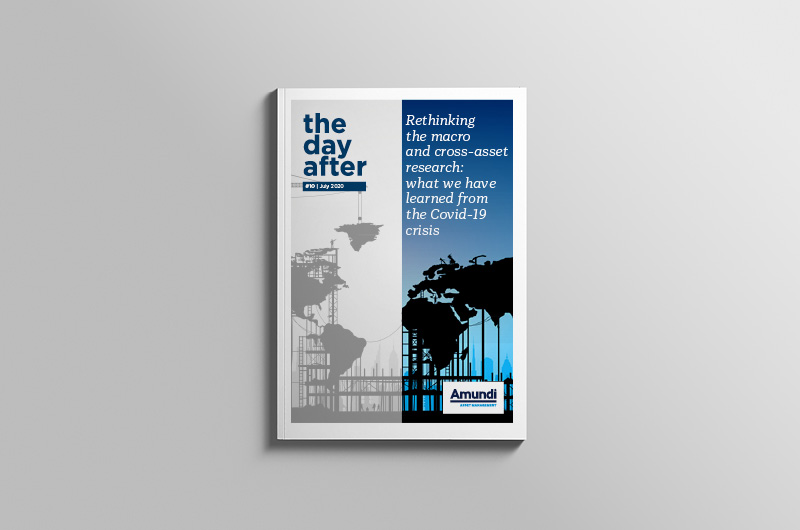Are CBA shares worth $49?
Dividends from Commonwealth Bank of Australia (ASX: CBA) shares and the ‘Big Four’ have been put under the microscope. So far, CBA has held up the best of the majors.
Below, I take you through how an analyst would look at the shares and ways to put a valuation on it. Obviously, I’ll keep things simple.
Using the PE ratio
The price-earnings ratio or ‘PE’ compares a company’s share price (P) to its most recent full-year earnings per share (E). I think it’s very important to dig deeper than just looking at a bank’s PE ratio and saying to yourself ‘if it’s below 10x, I’ll buy it.’
One of the simple ratio models analysts use to value a bank share is to compare the PE ratio of the bank/share you’re looking at with its peer group or competitors and try to determine if the share is over-valued or under-valued relative to the average. From there, and using the principle of mean reversion, we can multiply the profits/earnings per share by the sector average (E x sector PE) to reflect what an average company would be worth. It’s like saying, ‘if all of the other stocks are priced at ‘X’, this one should be too’.
Using Commonwealth Bank of Australia’s share price today, plus the earnings per share data from its 2019 financial year, I calculate the company’s PE ratio to be 12.1x. This compares to the banking sector average of 10x.
Reversing the logic, we can take the FY19 profits per share (EPS) ($4.918) and multiply it by the ‘mean average’ or sector-based multiple. This results in a ‘sector-adjusted’ share valuation of $47.79.
Indeed, since bank shares like CBA have a history of paying dividends — and they are relatively stable businesses like REITs or ETFs — we can use a modelling tool called a dividend discount model or DDM to do a valuation. A DDM uses the dividends shareholders are ‘expected’ to receive to arrive at a valuation.
At first, I’ll assume last year’s annual dividend payments are consistent next year then grow modestly. However, so far in 2020, the Big Banks have been cutting or deferring their dividends (see ANZ and NAB). Using my DDM we will assume the dividend payment grows at a consistent rate in perpetuity (i.e. forever), for example, at a yearly rate between 1.5% and 3%.
Next, we have to pick a yearly ‘risk’ rate to discount the dividend payments back into today’s dollars. The higher the ‘risk’ rate, the lower the valuation. I’ve used a blended rate for dividend growth, and I’m using a risk rate between 9% and 14%.
My DDM valuation of CBA shares is $49.02. However, using an ‘adjusted’ dividend payment of $4 per share (i.e. if the dividend is cut), the valuation drops to $45.49. The valuation compares to Commonwealth Bank of Australia’s share price of $59.71.
What now?
My two models are just the starting point of the research and valuation process. Banks are very complex companies and if the GFC and recent COVID-19 outbreak taught us anything, it’s that even the ‘best’ banks will struggle, and take shareholders’ dividend payments with them!
If I were looking at Commonwealth Bank of Australia shares and considering an investment in 2020, I’d want to know more about the bank’s bad debts, liquidity, funding profile and cost out measures. For me, CBA is not ‘in the buy zone’ but as you can see, it all depends on those dividends…
Disclosure: at the time of writing, Owen does not have a financial interest in any of the companies mentioned. This article is published by The Rask Group Pty Ltd and contains general financial advice only. Please consult a licensed financial adviser before acting on the information. Nothing in this article should be considered as a recommendation or guarantee.










